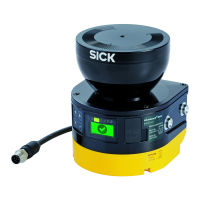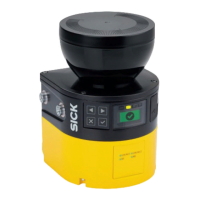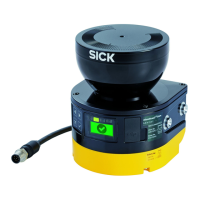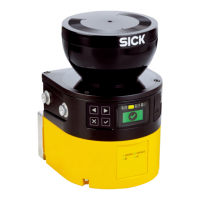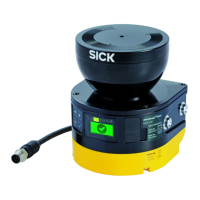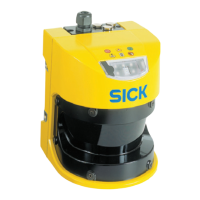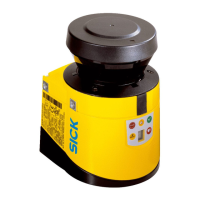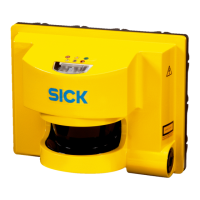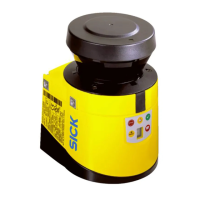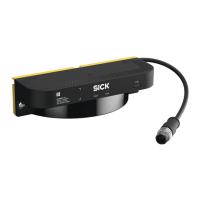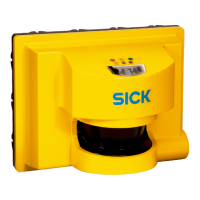In mobile hazardous area protection, the minimum distance typically defines the pro‐
t
ective field length required. When calculating the protective field length, the impact of
turning must be considered separately.
If you define a number of monitoring cases with different protective fields, you must
calculate the protective field size separately for each protective field used.
Supplement Z
R
f
or reflection-based measurement errors
All devices: If there is a retroreflector in the vicinity of the protective device (distance
of the retroreflector from protective field ≤6m), you must take the supplement Z
R
=
350mm into account.
If you use collision protection fields and a reference target is close to the protective field
(distance ≤ 6m), you must always take supplement Z
R
into account.
Supplement Z
F
f
or lack of ground clearance
This supplement is necessary, because, generally, a person is detected above the foot
and so the braking process cannot take account of the length of the foot in front of the
point of detection. A person’s foot could be injured if a vehicle has no ground clearance.
Figure 35: flat-rate supplement ZFfor lack of ground clearance
B
F
ground clearance
S
L
protective field length without a supplement for lack of ground clearance
Z
F
supplement for lack of ground clearance
The lump supplement for ground clearance under 120mm is 150mm. This sup‐
plement ma
y be reduced further in individual cases. Read the supplement actually
required for your vehicle’s ground clearance from the following graph.
4 P
ROJECT PLANNING
48
O P E R A T I N G I N S T R U C T I O N S | microScan3 – EtherCAT® 8025220/1L9Q/2023-08-14 | SICK
Subject to change without notice
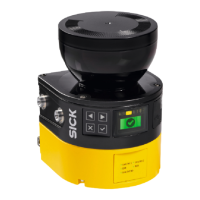
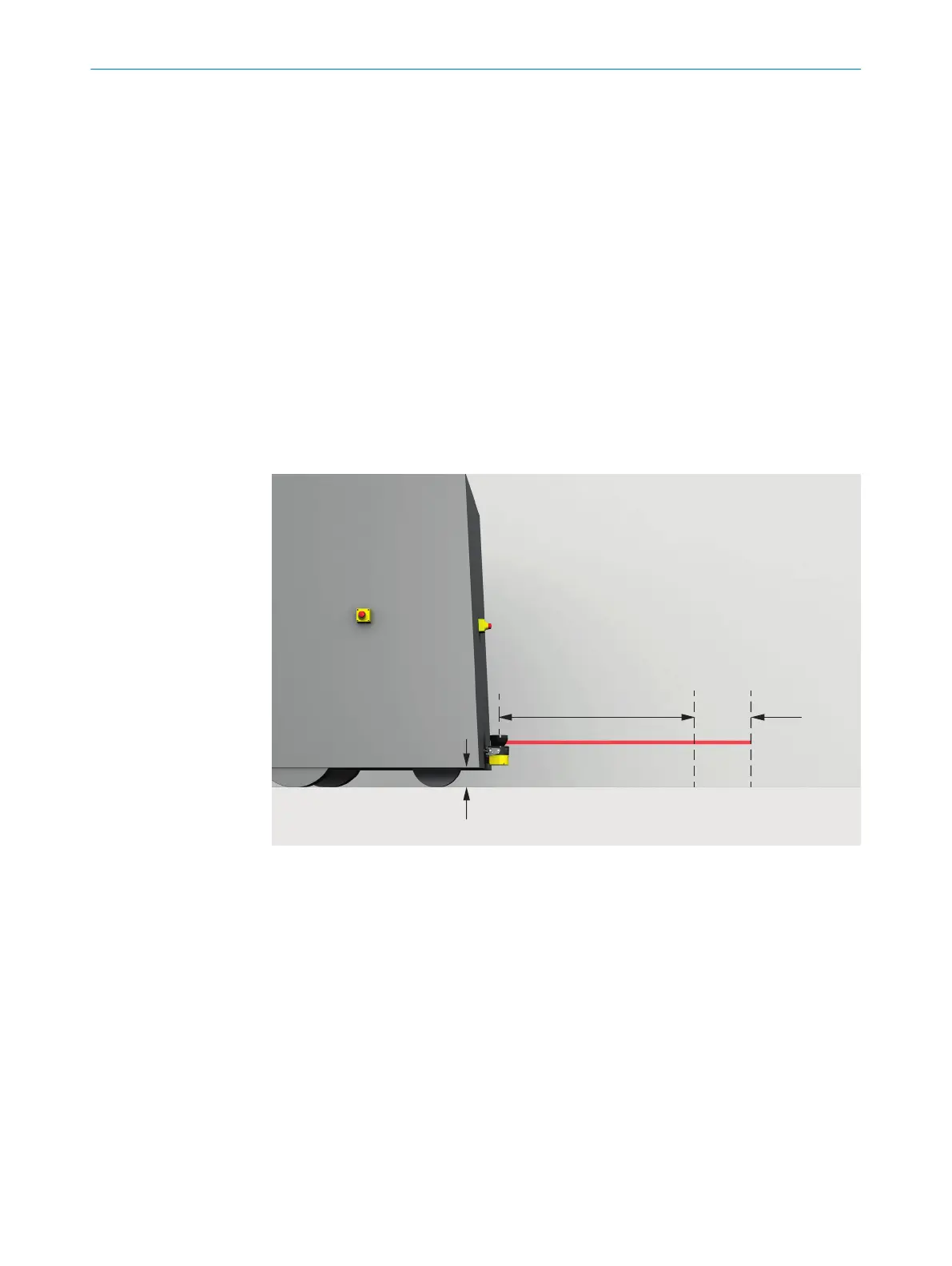